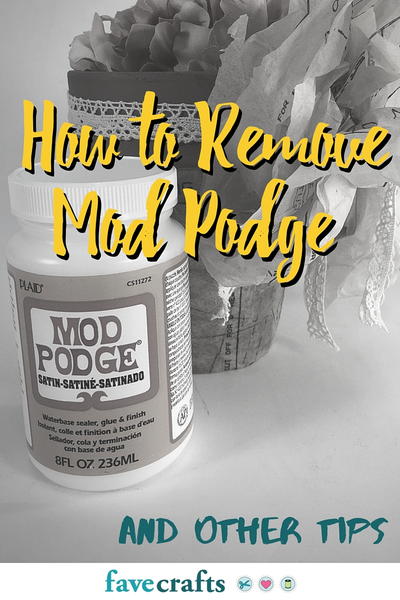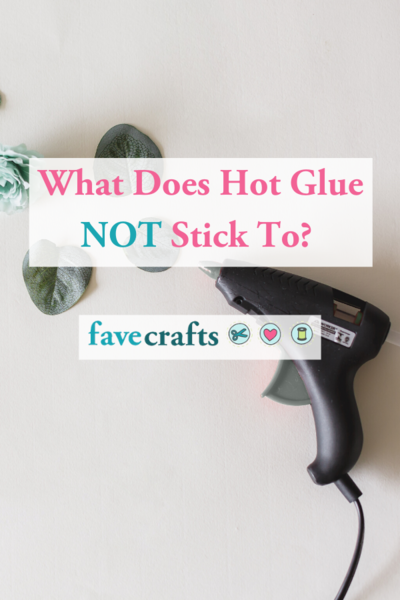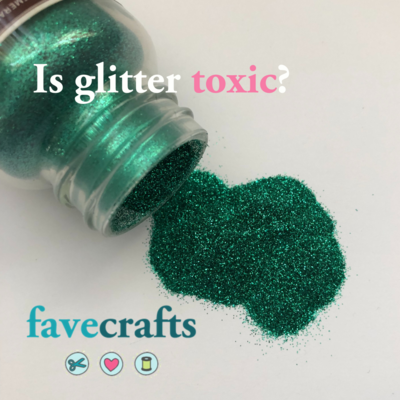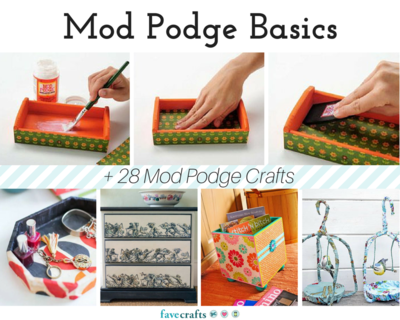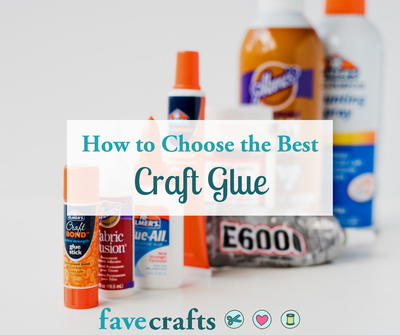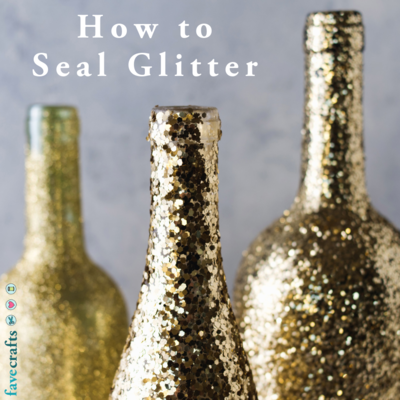Mica Tips
Mica puts the sparkle in paints, chalks and even make-up. It’s a natural transparent material used by many paper and collage artists.
Mica Tips
- Mica is a strata of mineral mined for various uses from electrical insulators to cosmetics. Its organic quality, beauty, heat resistance, and diverse color selection make it an ideal art material.
- Mica can be found as flakes, granules, powders and tiles.
- In tile form, mica has many, many layers in each piece, which can be torn, cut and even trimmed with fancy-edged paper trimmers.
- Mica tiles can be used as “windows” in designs and can be stamped and embossed.
- Mica is non-toxic, acid free, lightfast and heat resistant.
- Mica tiles are heat resistant to 1700 degrees, making them especially suitable to embossing, kiln and heat-set techniques and materials.
- You can delaminating mica by splitting it (just take a finger nail to any edge) and relaminated by reassembling it with various flat objects in between the layers.
- Although it is easy to split, mica is a very strong material. It does come in various shades of clear including mica with a hint of pink, blue and green.
- Add subtle and sophisticated glimmer, or just a dash of glitz to interior designs, watercolor, collage paintings and rubberstamping by mixing the mediums with powdered mica.
- Mica is an ingredient in products like Faire Dust, Sparkling H20 & Pearl-Ex. Other uses include dimensional additions to embossing powders, paper making, polymer clay inclusions, scrapbooking, altered art, altered books, and greeting cards.
- Place pressed flowers, photos, small tickets, wrappers or other memorabilia between sheets of delaminated mica.
- Most glues will bond mica, which is a porous surface.
- Mica can be painted, inked, stamped, sponged, distressed, and enameled. You can color mica with inks that are alcohol based.

